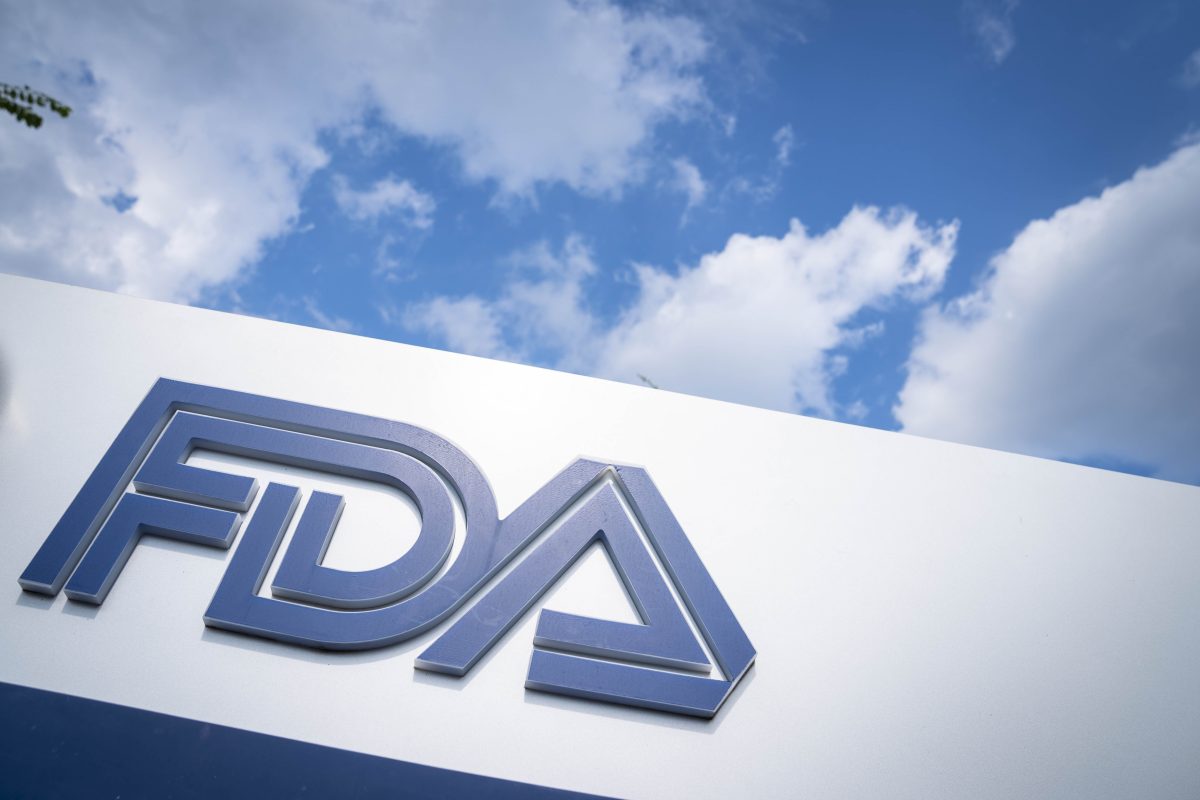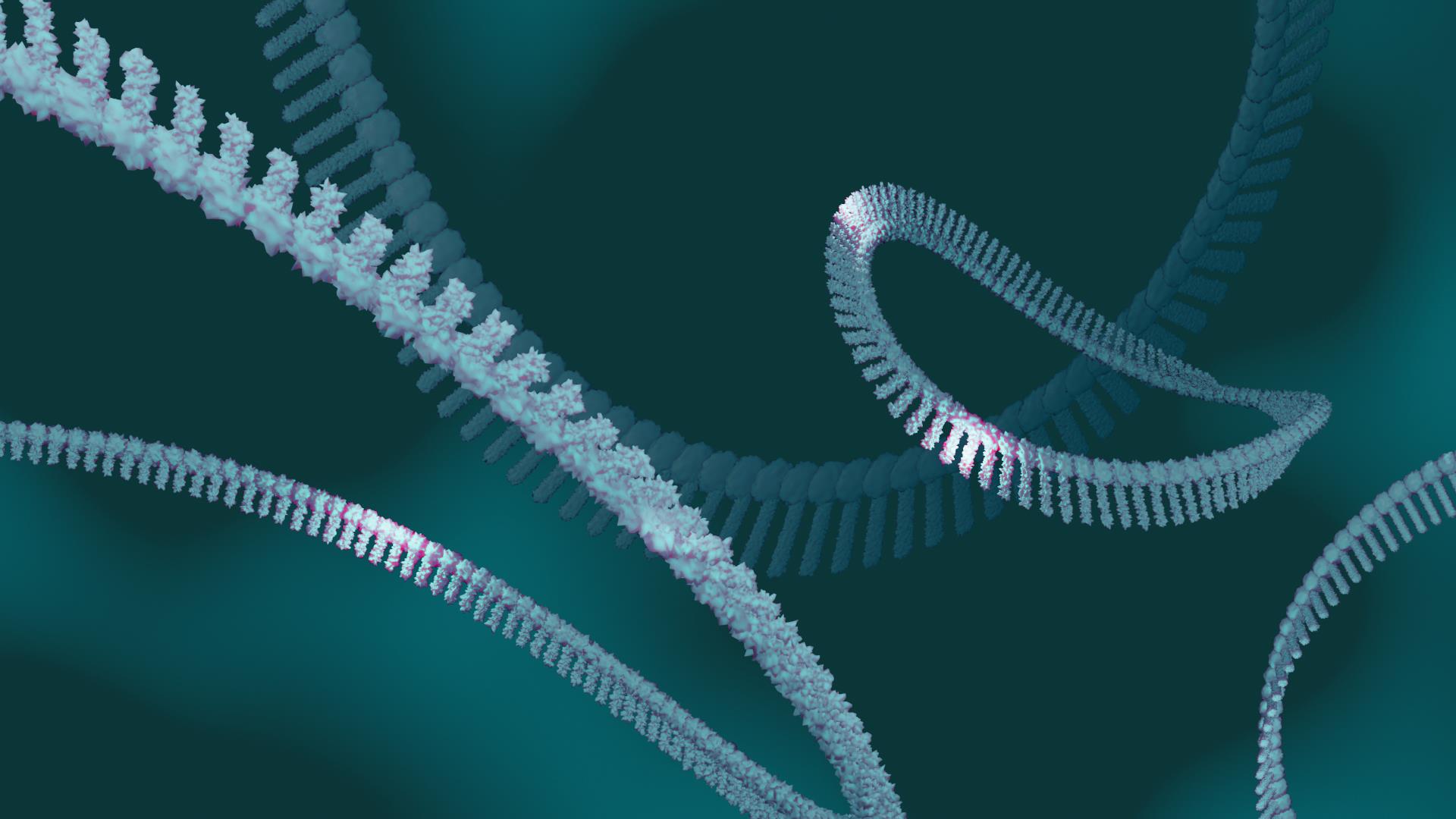Since the pioneering approval of Fomivirsen in 1998, the field of oligonucleotides has undergone a remarkable evolution, marking significant milestones in the treatment of various diseases. Despite initial challenges, oligonucleotide antisense oligonucleotides (ASOs) have re-emerged strongly, supported by technological innovations, growth in the rare genetic disease market and collaboration between diverse entities.
Four therapeutic oligonucleotides (two antisense, one RNA aptamer and one siRNA) have been approved in 2023.
In a momentous milestone for medicine, the year 2023 saw the approval of four therapeutic oligonucleotides by the FDA (2 antisense, an RNA aptamer and an siRNA).
From Qalsody, the first intrathecal antisense oligonucleotide (ASO) approved to treat amyotrophic lateral sclerosis (ALS), to Izervay, a unique intravitreal solution for geographic atrophy, and Rivfloza, a monthly injection to address primary hyperoxaluria. In addition, WAINUA(TM) emerges as the only drug approved for the polyneuropathy of hereditary amyloidosis, offering the possibility of self-administration via an auto-injector. These approvals mark a significant advance in the field of oligonucleotides, promising new hope and treatments for a variety of diseases.
Qalsody: advances in ALS
On 25 April 2023, the FDA granted accelerated approval for tofersen, known as Qalsody, to treat superoxide dismutase 1 (SOD1)-associated amyotrophic lateral sclerosis (ALS).
Although the initial clinical trial did not meet its objective, the approval was based on biomarkers, specifically the reduction of plasma neurofilament levels. Qalsody, is postulated as a possible brake on ALS progression, raising the total number of approved ASO therapies.
Izervay: unique treatment for geographic atrophy
Astellas Pharma announced on 5 August the FDA approval of IZERVAY, an intravitreal solution of avacincaptad pegol, the first treatment for geographic atrophy (GA). This new complement C5 inhibitor demonstrated a significant reduction in disease progression in phase 3 studies. The rapid approval highlights the importance of vision, safety and timeliness in the treatment of this progressive disease.
Rivfloza: hope for primary hyperoxaluria
In October, Novo Nordisk won approval for Rivfloza, a monthly injection to treat primary hyperoxaluria. This therapy uses RNA interference (RNAi) technology to reduce oxalate levels in the urine. With the potential to address recurrent kidney stones, Rivfloza promises to be a vital option for patients aged nine years and older with relatively preserved kidney function.
WAINUA: self-administration for amyloid polyneuropathy
On 22 December, the FDA gave the green light to AstraZeneca and Ionis’ WAINUA(TM) to treat the polyneuropathy of hereditary amyloidosis. This unique drug allows self-administration via an auto-injector. The approval was based on a positive analysis of the NEURO-TTRansform trial, highlighting consistent benefits in serum transthyretin concentration, neuropathy impairment and quality of life. AstraZeneca and Ionis will bring WAINUA to the US, seeking additional approvals globally.
CircARN: promising prospects
In this exciting year for oligonucleotides, we not only celebrated the approval of four innovative treatments by the FDA in 2023, but also saw transformative advances in research.
One such example is the growing research on circular RNAs (CircRNAs), unleashing an exciting landscape full of innovative therapeutic opportunities and vaccines. In this context, the stability and functional versatility of CircRNAs stand out, offering promising applications in the treatment of diseases such as cancer, genetic conditions and autoimmune disorders. At the forefront of these advances, leading companies such as Orna Therapeutics and Therorna Biotechnology are opening up new possibilities in the field of medicine and vaccinology. The growing understanding of the unique functions of CircRNAs opens the door to revolutionary developments, marking an exciting chapter in the search for more effective therapies and durable vaccines.
2023 stands as a year of breakthroughs in the oligonucleotide sphere, marking significant advances that promise to transform the medical landscape and offer hope for patients with challenging diseases. This drive towards innovation and collaboration suggests an exciting future for precision medicine and the treatment of genetic and rare diseases.
As we celebrate these milestones, the OLIGOFASTX consortium reiterates its commitment to continue to contribute to technological advances in 2024 by offering cutting-edge and meaningful medical solutions to improve the quality of life of patients living with these diseases.
Sources:
Investigating the Biology and Potential of CircRNA – Oligonucleotide Therapeutics Society
FDA approves Astellas’ new therapy to treat geographic atrophy
FDA: OK for Novo Nordisk’s Rivfloza | Pharmabiz.NET
Header image: https://www.statnews.com/2020/11/03/should-fda-be-independent/

 Español
Español

